Understanding Tungsten Carbide Coating in High-Wear Environments
Tungsten carbide coating is applied to equipment surfaces to improve resistance to abrasion, erosion, and surface fatigue. It forms a dense protective layer through processes such as thermal spray, HVOF spraying, or laser cladding. This coating technology is mainly used in industrial machinery, mining equipment, drilling components, pumps, compressors, and manufacturing parts that face continuous friction and particulate impact. Its combination of extreme hardness and stable bonding performance supports consistent operation in harsh production environments.
Why Tungsten Carbide Coating Provides Higher Wear Resistance
The intrinsic hardness of tungsten carbide allows coated surfaces to withstand abrasive forces and particle collision better than uncoated steel or alloy substrates. This performance helps extend the life of components that engage with slurry, sand, metal chips, or pressurized fluids. Facilities that rely on consistent equipment uptime use this coating to reduce premature wear and maintain mechanical precision under loads and motion cycles.
Key Wear Protection Advantages
- High hardness helps resist abrasive grinding and sliding contact
- Reduces dimensional loss and surface deformation during prolonged operation
- Stable performance under impact and fluid particle erosion conditions
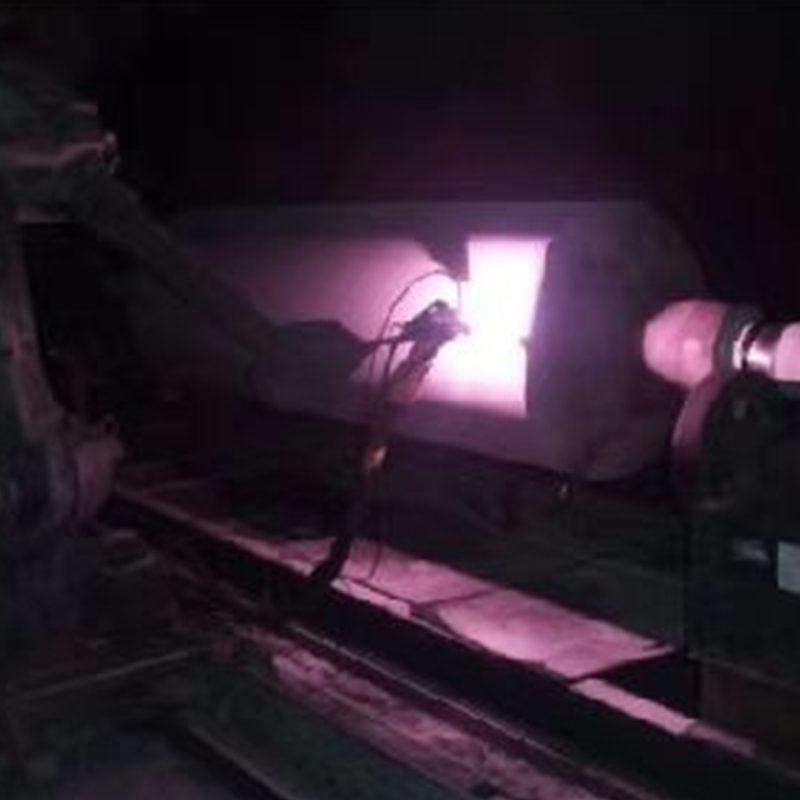
Performance in Corrosive and High-Temperature Working Conditions
In industries handling corrosive media or temperature-variable operations, tungsten carbide coatings help maintain surface stability when exposed to chemicals and heat cycling. Applications include petroleum extraction components, chemical processing pipelines, and steam-driven systems. The coating protects substrates that may otherwise experience oxidation or pitting, offering longer operation cycles between servicing.
Temperature and Chemical Resistance Highlights
- Stable structure under elevated temperature and mechanical pressure
- Better resistance to chemical corrosion than untreated steel components
- Supports operational consistency in oilfield, mining, and chemical processing
Comparative Performance of Tungsten Carbide vs. Other Coatings
When comparing wear-resistant coatings, tungsten carbide stands out for applications involving repetitive friction and abrasive impact. Although ceramic and chromium coatings are available alternatives, tungsten carbide delivers an effective balance of toughness, durability, and resistance to surface stress cracking in heavy-duty use scenarios.
| Feature | Tungsten Carbide | Ceramic Coating | Chromium Coating |
| Abrasion Resistance | High | High | Moderate |
| Impact Toughness | High | Lower | Moderate |
| Chemical Stability | Strong | Strong | Moderate |
Application Scenarios Where Tungsten Carbide Coatings Create Value
This coating is commonly applied on pump impellers, valve components, drilling tools, extrusion dies, rollers, and rotating shafts. It delivers a dependable surface for equipment operating in abrasive slurries, high-pressure hydraulic conditions, or high-volume material movement processes. Users benefit by extending equipment life spans, reducing unplanned maintenance, and maintaining machining accuracy in demanding continuous production settings.

 ENG
ENG
 English
English عربى
عربى Español
Español 中文简体
中文简体
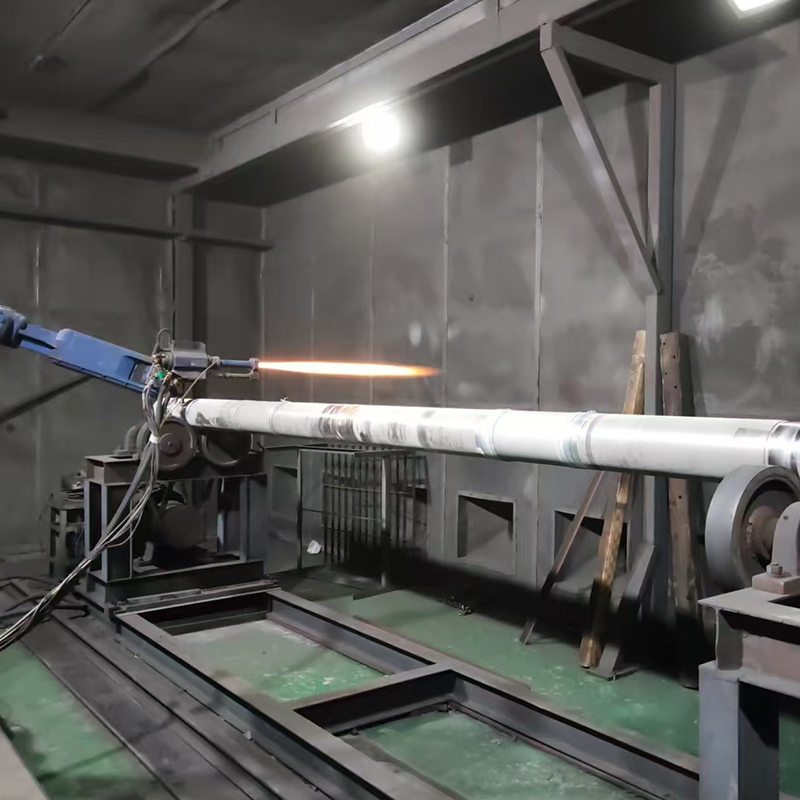
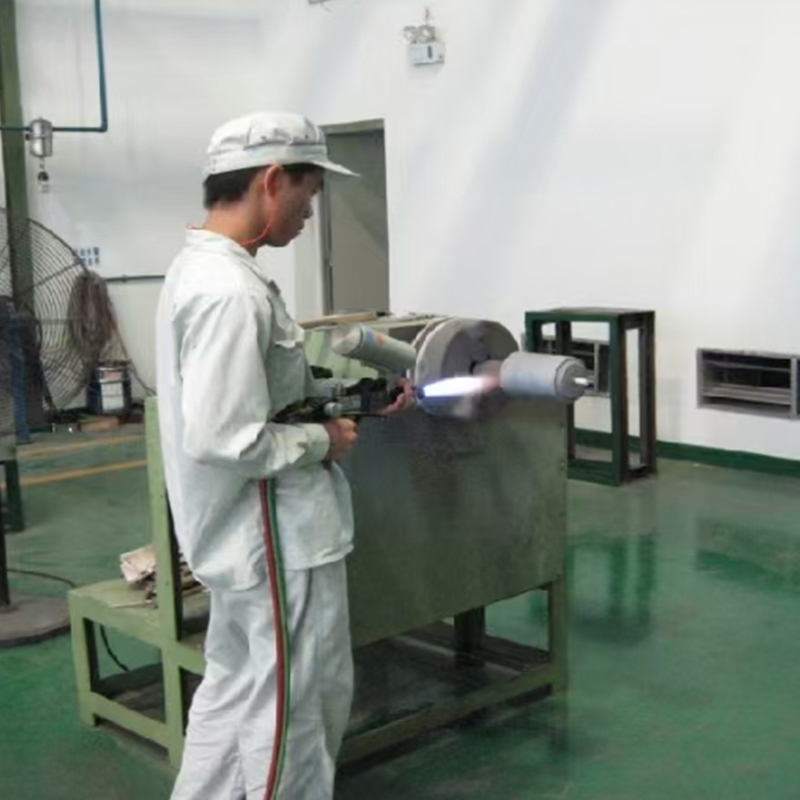

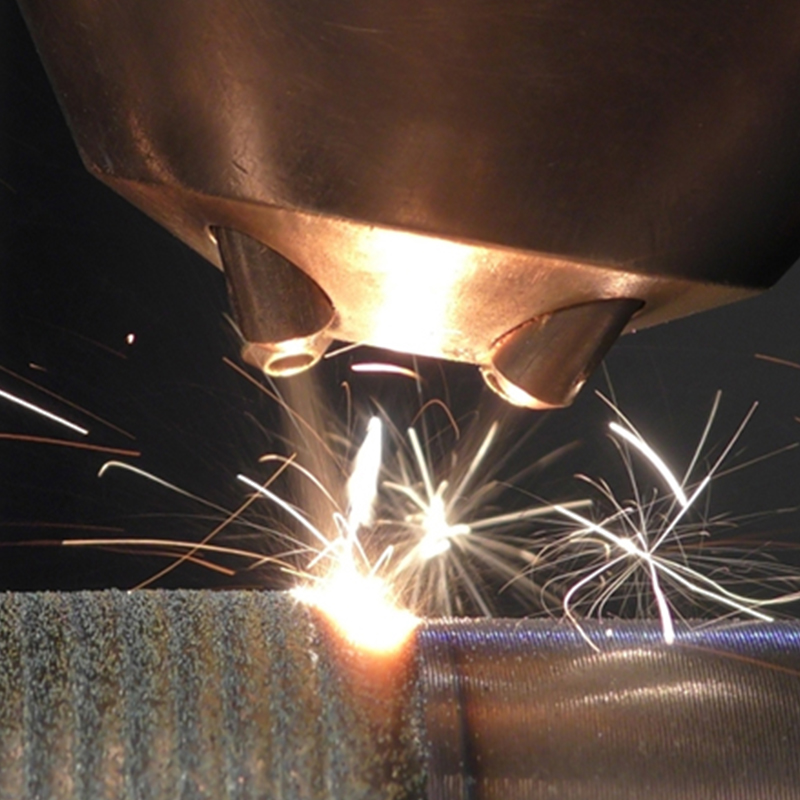
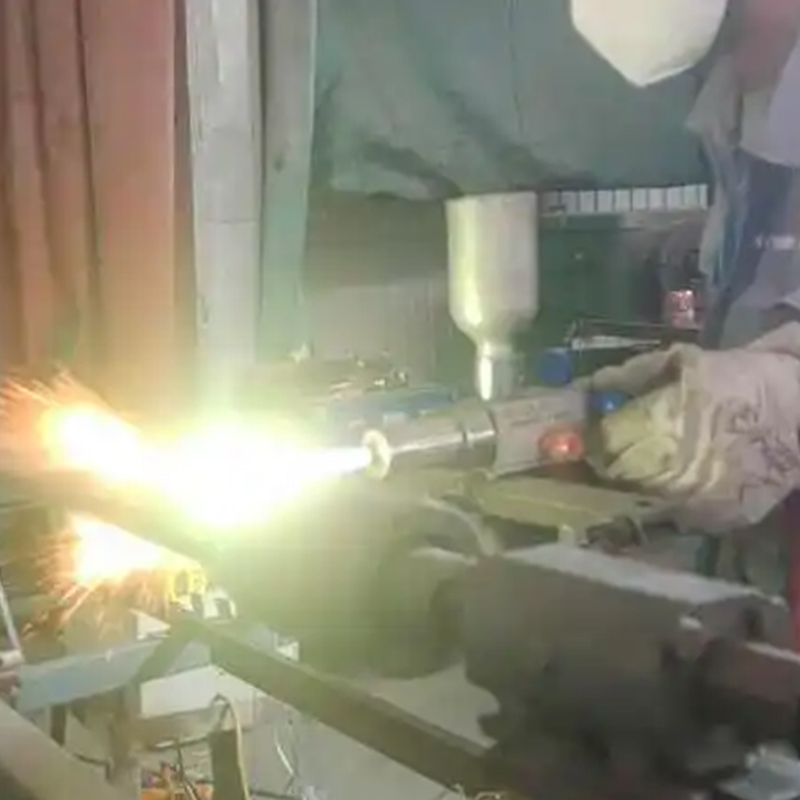
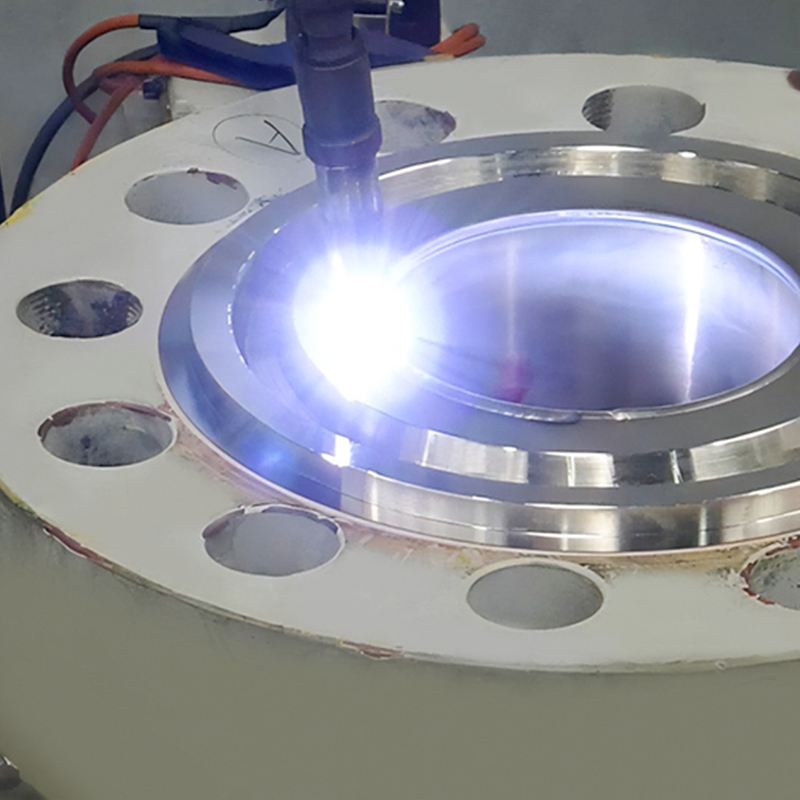
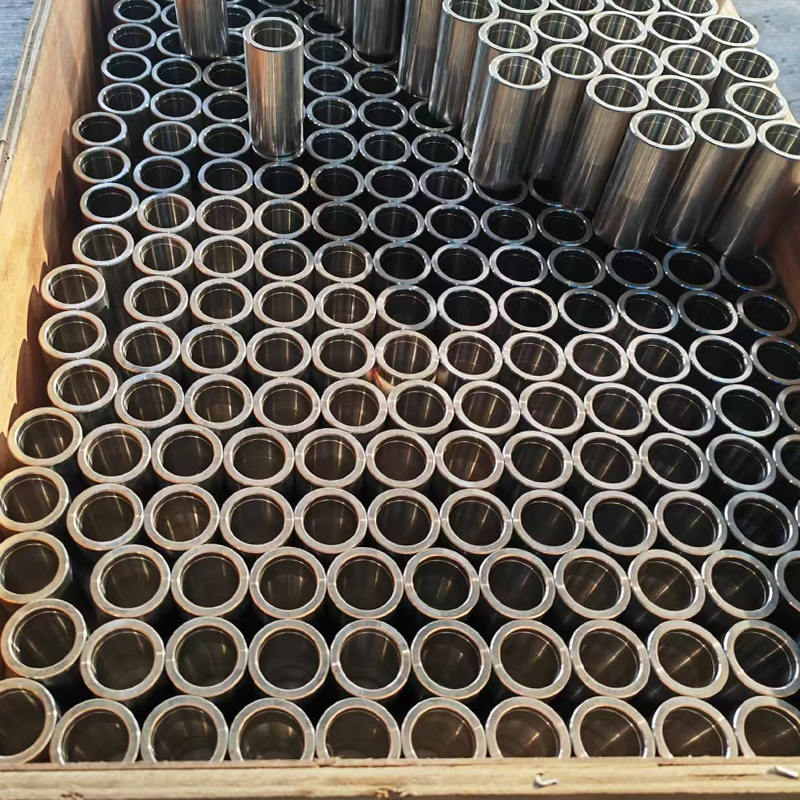
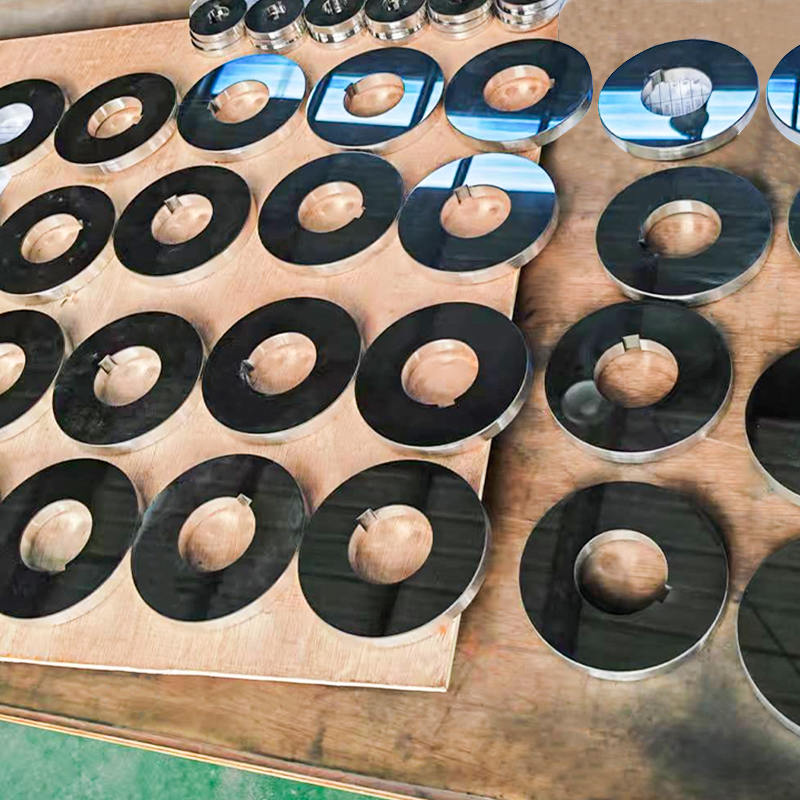
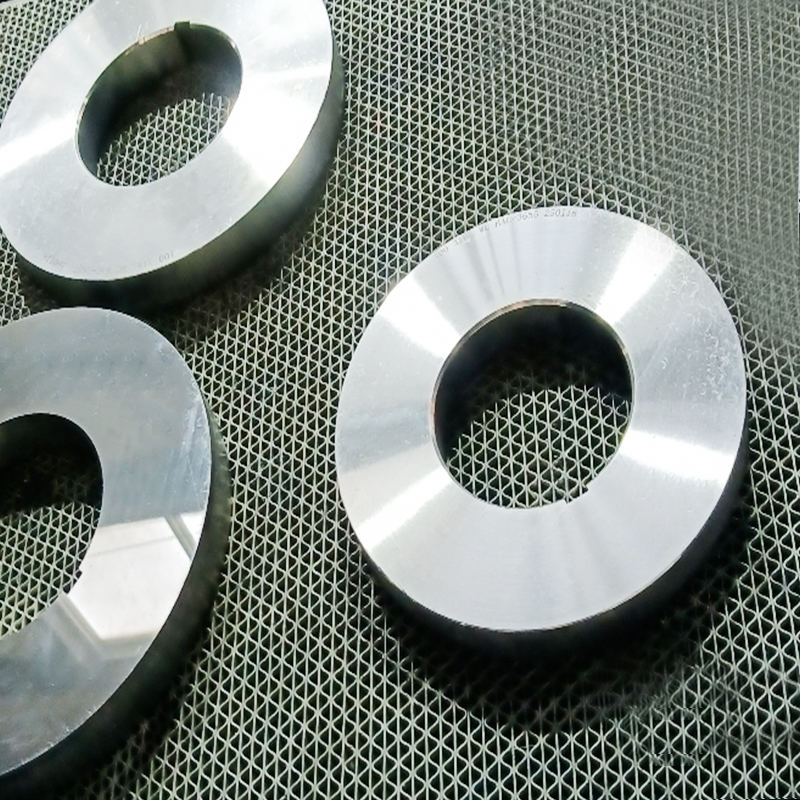
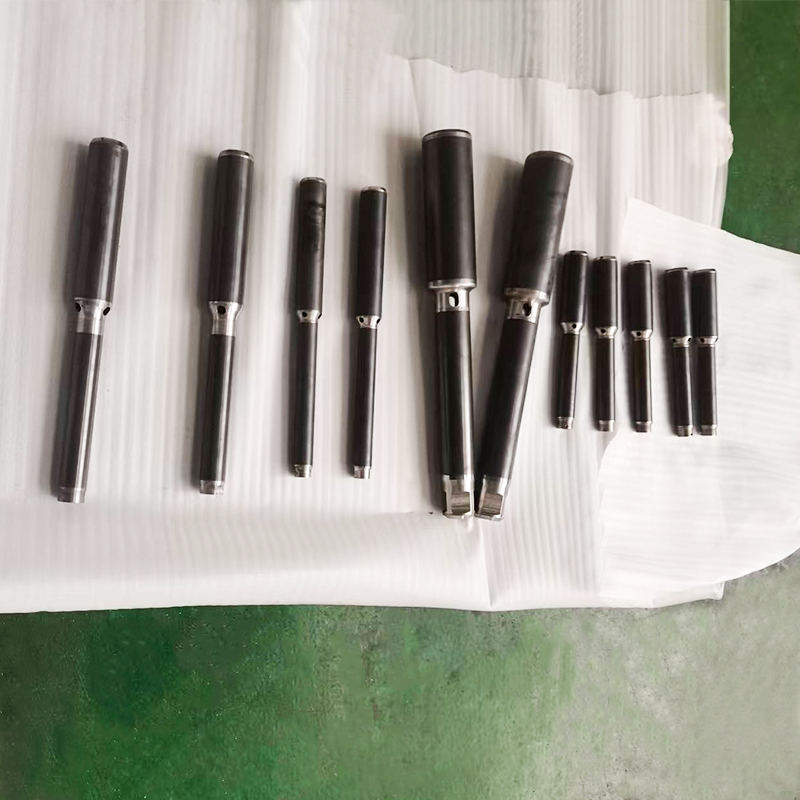
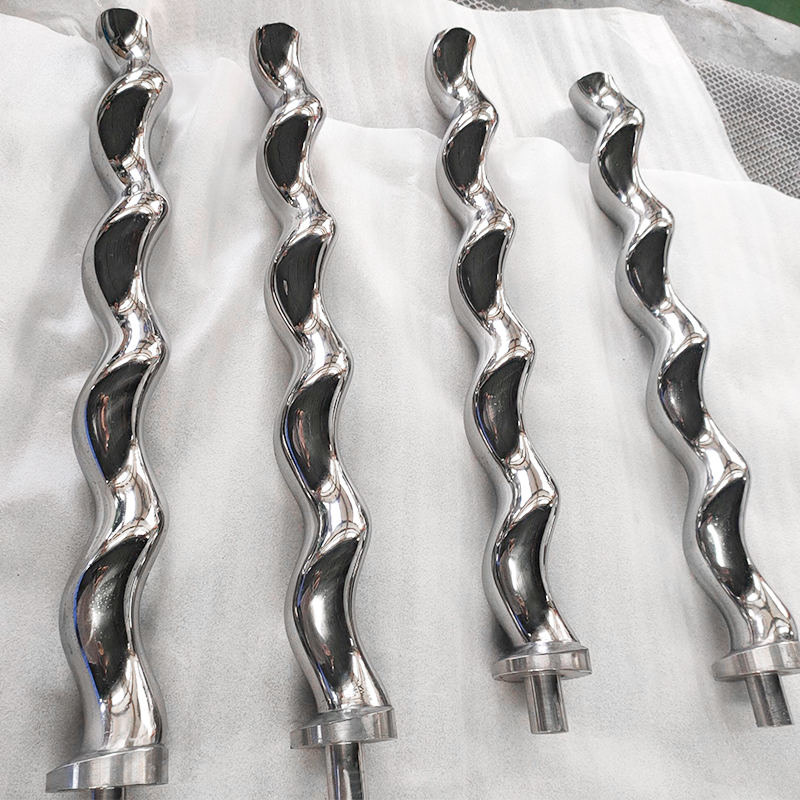

 TOP
TOP